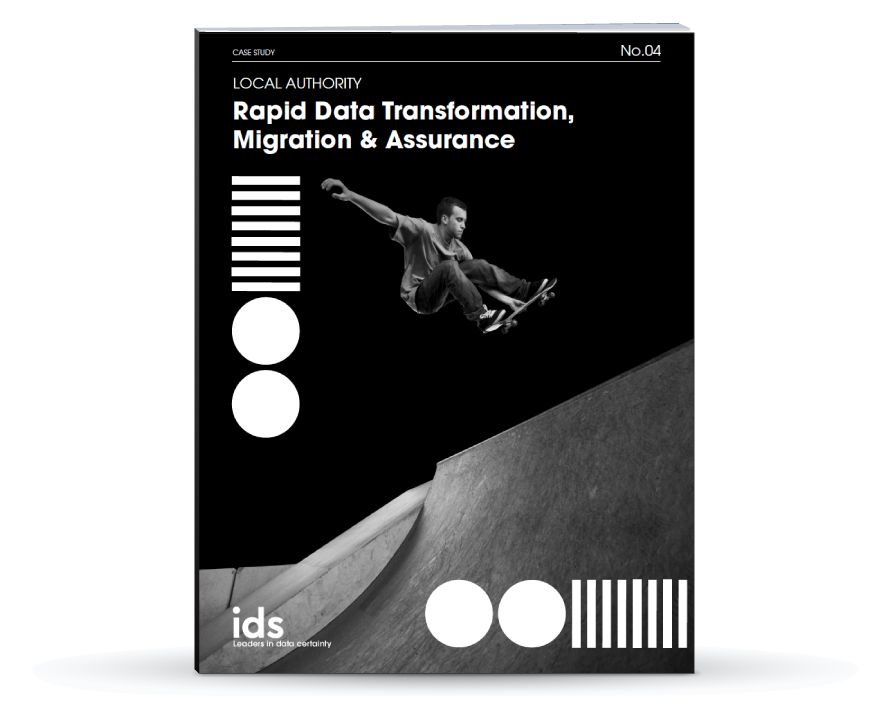Accelerate & De-Risk Your SAP Transformation Projects

As the market leader in ERP software, SAP’s decision to extend standard support for its Business Suite 7 software may be good news for the thousands of worldwide businesses that are yet to commit to migrating to the latest S/4HANA platform. But despite offering multiple new features such as improved integrations with cloud applications, better access to real-time data, an intelligent data model together with a user-friendly interface, and easier integrations to 3rd party solutions, the extensive work needed to ensure a seamless transition to S/4HANA can be a daunting prospect for many organizations.
De-Risking the Transformation Process
Having invested heavily in fine-tuning and customizing their existing SAP deployments to meet their unique operational environment, it is understandable why businesses are hesitant to put themselves through the significant challenges that a move to S/4HANA involves. SAP is a massive monster of an application that can underpin every critical interdependent business process with any changes requiring careful planning and a clear development roadmap to de-risk the transformation process.
However, while an extra five year’s breathing space may sound a lot, it is merely delaying the inevitable, risking potential business disruption as well as increased costs further down the line as companies find themselves struggling to find the scarce expert resources needed when the decision can no longer be left on the back burner.
Undertaking a project on the scale and scope of a SAP change is not something that companies do every day and it is natural before moving forward to want to understand where to start, what resources are going to be consumed, and importantly how long it is likely to take. Answering these questions can be equally complex and involve extensive stakeholder involvement to make the many necessary strategic decisions regarding prioritization of the multitude of legacy business processes.
Prioritization is key to managing the Project Scope
With potentially thousands of interdependent production objects to consider in a typical enterprise-scale SAP deployment, prioritizing the most critical to focus on can be the only realistic way of reducing the scope of the project to manageable proportions, staying in control of the duration and keeping the run time within acceptable budget limits. The obvious next question is how do you decide the priorities?
One of the most helpful selection criteria is an analysis of the usage data and identifying the most “at-risk” objects that could be impacted by the change. This can not only reduce the pressure on the implementation team and test managers man-hours but also ensure a more thorough and reliable testing regime. However, this in itself can be a labour intensive process using up a significant amount of the allocated project time before the main work can begin.
IDS iTesting Quality Assurance Services
At ids, our SAP change experts are able to automate and considerably reduce the usage and impact analysis workload using some of the advanced tools now available. Leveraging the latest AI technology such tools are able to rapidly analyze and rank the most heavily used business objects. Test managers can then drill down into each individual object to provide more granular usage and impact data to further focus the testing process and minimize the risk of any post-release defects.
By sharing strategies for cost reductions, accelerating releases and improving the quality of the data that businesses hold IDS’ iTesting is able to pinpoint exactly which data to test and improve for a smarter approach to SAP change test execution delivering S/4HANA transition projects on budget and on time.
To learn more about how the ids can help you navigate your SAP Change project click on the link to hear ids Independent Business Consultant Bret Robinson discussing the latest tools that are available to help streamline the process.

Performing Rapid Data Transformation for a Local Authority
IDS' fourth downloadable reveals how migrating from SAP to a new ERP was completed with a 48% reduction in time with QA at the heart of the approach.


